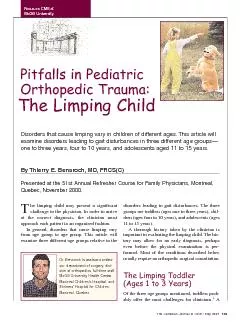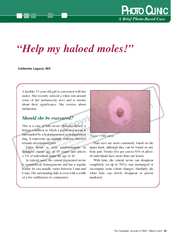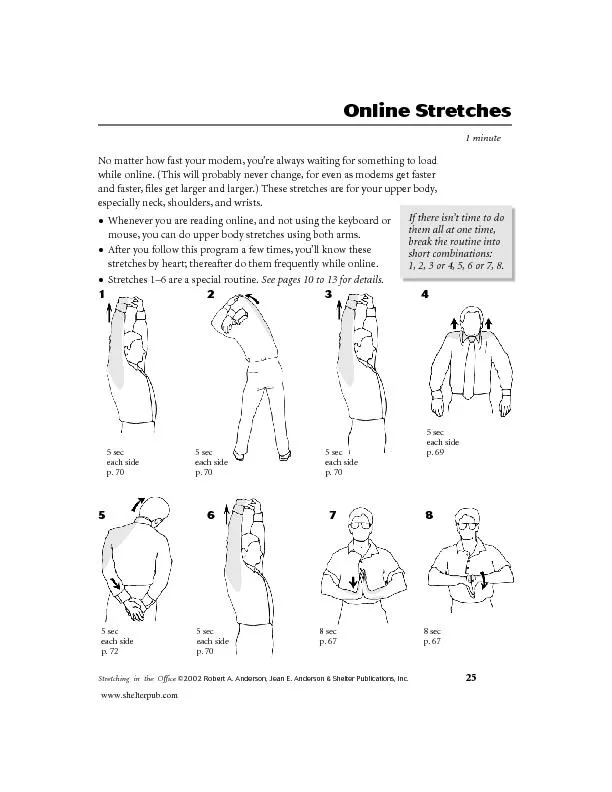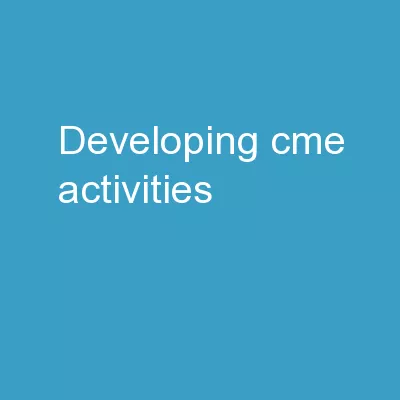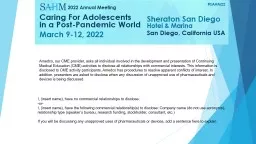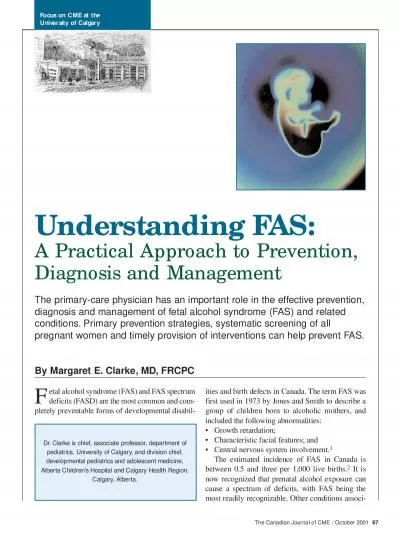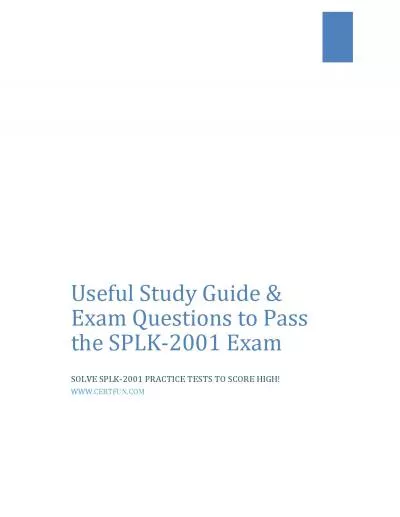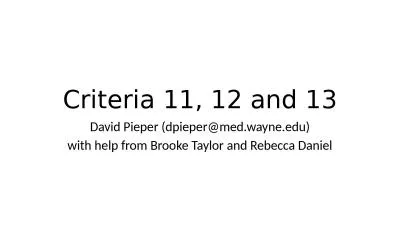PDF-The Canadian Journal of CME / May 2001 approach each patient in an or
Author : tatiana-dople | Published Date : 2015-08-26
Disorders that cause limping vary in children of different agesThis article willxamine disorders leading to gait disturbances in three different age groups
Presentation Embed Code
Download Presentation
Download Presentation The PPT/PDF document "The Canadian Journal of CME / May 2001 ..." is the property of its rightful owner. Permission is granted to download and print the materials on this website for personal, non-commercial use only, and to display it on your personal computer provided you do not modify the materials and that you retain all copyright notices contained in the materials. By downloading content from our website, you accept the terms of this agreement.
The Canadian Journal of CME / May 2001 approach each patient in an or: Transcript
Download Rules Of Document
"The Canadian Journal of CME / May 2001 approach each patient in an or"The content belongs to its owner. You may download and print it for personal use, without modification, and keep all copyright notices. By downloading, you agree to these terms.
Related Documents

